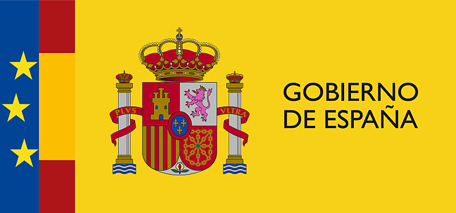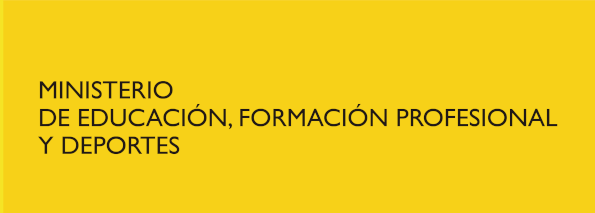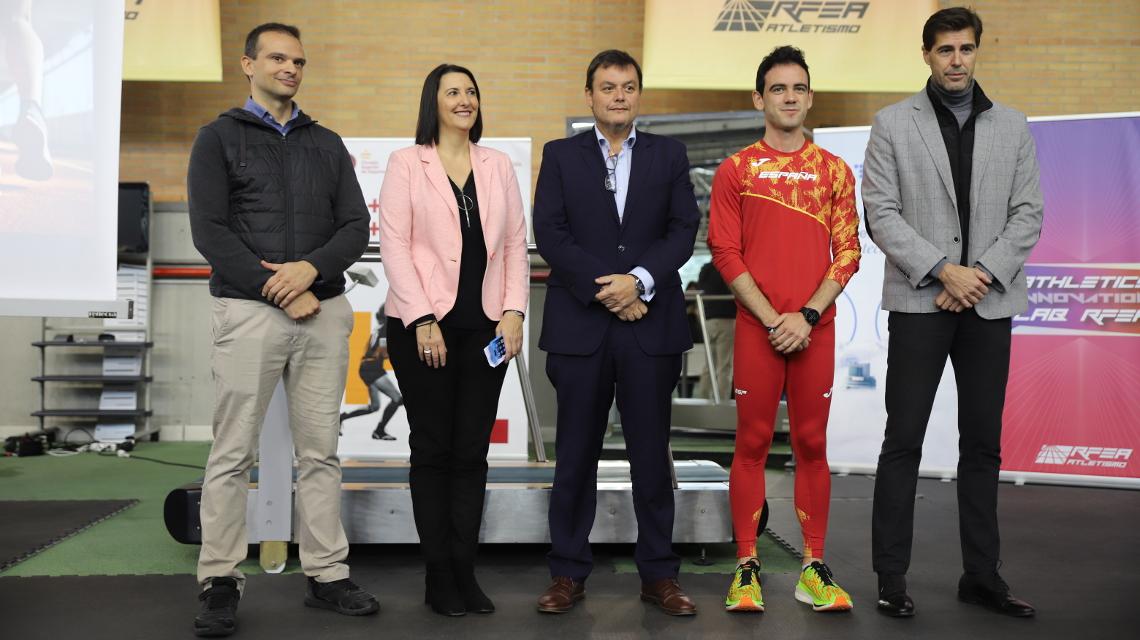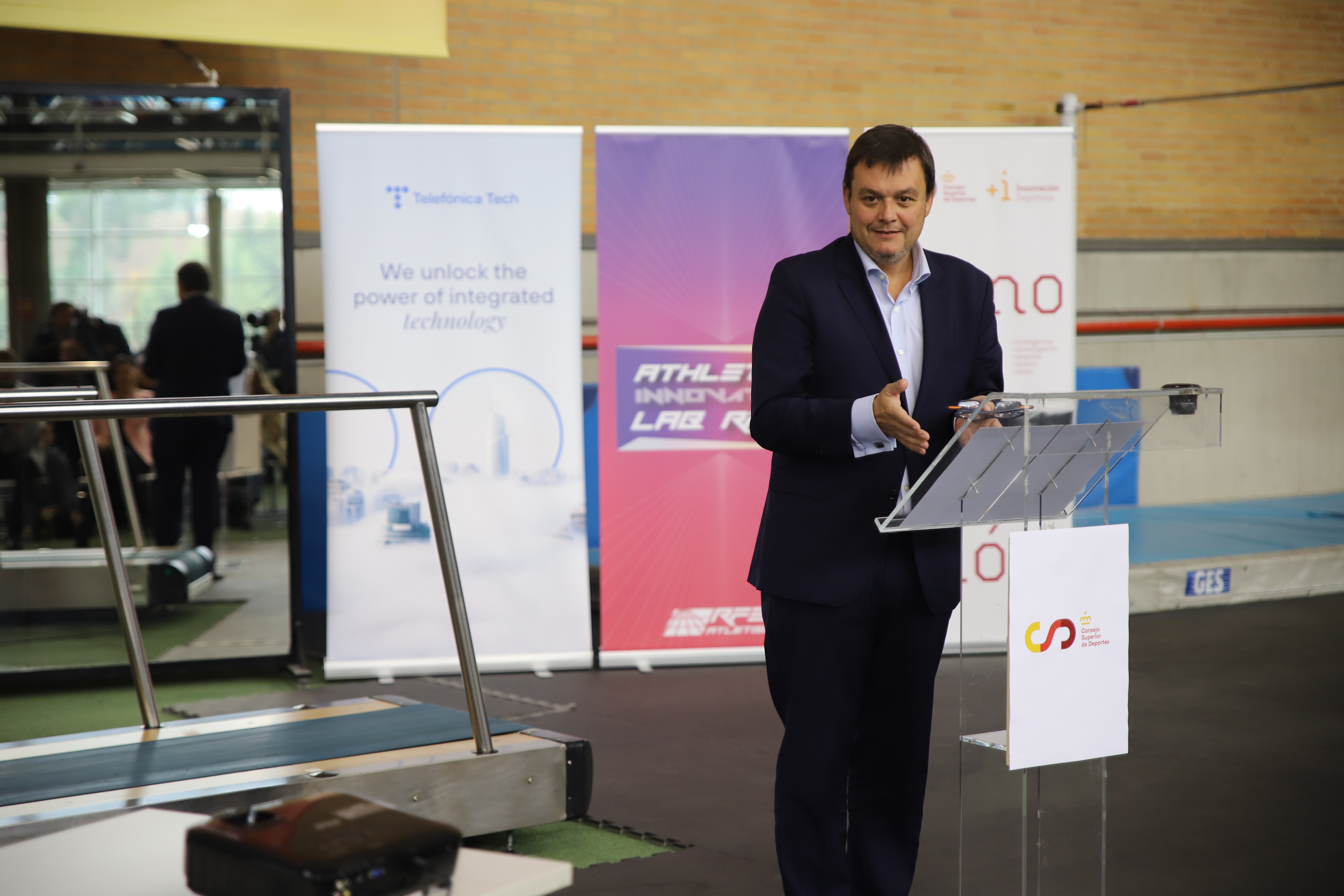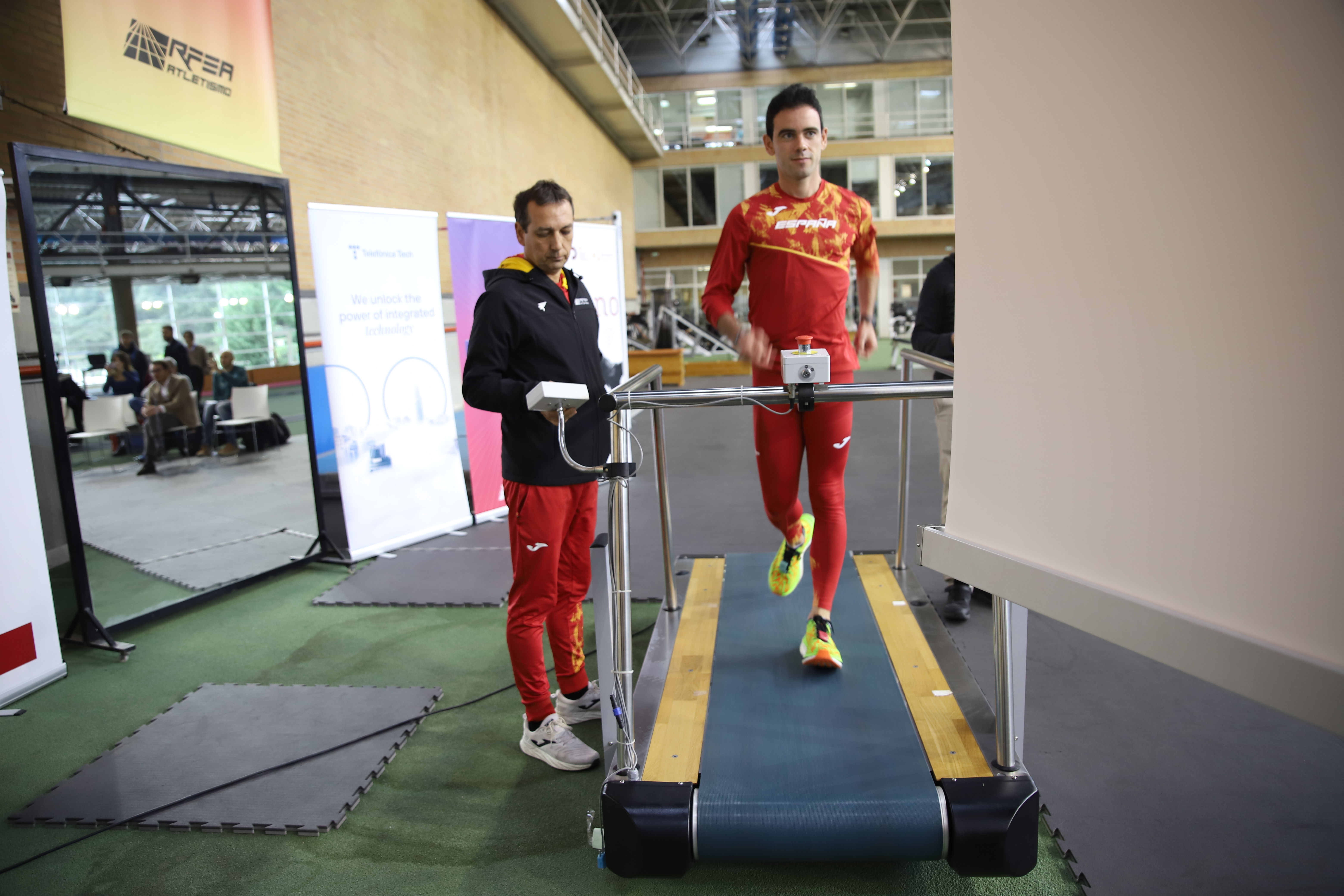Víctor Francos: “Spanish sport must make a difference in the hand of technology and innovation”
-
The president of the Superior Sports Council has participated in the presentation of the IMUs project, co-developed by the Royal Spanish Athletics Federation and Telefónica Tech and which allows to analyze different metrics of athletes in full competition
-
In this first phase of the project, the march has been the chosen specialty, although work is also being done to apply this technology to the disc launch and to the 110 meters fences and after them the rest of the athletic program
Madrid, 12 December 2023.- Víctor Francos, President of the Superior Sports Council (CSD), accompanied by the President of the Royal Spanish Athletics Federation (RFEA), Raúl Chapado, and Telefónica Tech’s Global Director of Artificial Intelligence and Big Data, Elena Gil, participated today in the presentation of the IMUs project.
This initiative, co-developed by RFEA and Telefónica Tech, is based on the use of inertial measurement units. Thus, athletes from different disciplines will be able to analyze their metrics during the competition to optimize their performance, as explained in an event held in the athletics module of the High Performance Center of Madrid.
In this context, Víctor Francos stressed that “Spanish sport must make a difference” with “technology and innovation”, as happens with the IMUs project.
With this prism, he recalled that the investment destined by the Government of Spain to digitization in sport “exceeds 75 million euros, which represents 25% of the Next Generation funds allocated to sport (300 million in total) and shows the firm commitment of the CSD with the digitization of this sector”.
“We have launched an ambitious project, called CSD+i, with which we want to lead the transformation of the sports sector through digitalization, innovation and public-private collaboration among all the agents of our sector. This includes companies, startups, entrepreneurial talent and public administrations," added Francos.
During the presentation of the IMUs project, Raúl Chapado stressed that his leitmotif is that athletes and coaches can have a competitive advantage. “The idea is that they have information in real time, that makes their work easier,” he said.
For her part, Elena Gil said that at Telefónica Tech they are “proud to participate in such an innovative project with the RFEA, which will place the Spain brand at the forefront of the world of sport. It is a pioneering example that can be transferred to other federations and exported to other countries."
The IMUs project consists of three parts: the so-called IMUs (inertial measurement units), which are devices or sensors that the athlete has attached to his body to collect information that will be processed in real time and subsequently stored in the cloud; the central reception and data computation, which can be mobile phones, tablets or smart watches; and the programs of obtaining and processing the data, applications developed for technical analysis with artificial intelligence programs that are introduced in the devices.
Inertial sensors measure linear acceleration, angular velocity and angular orientation, data that these specific artificial intelligence programs installed on mobile devices transform into relevant information for the athlete and his coach. The athlete can receive this information through three channels: auditory, visual and tactile. The first would beep on the watch, the second would show on the watch or on the glasses the data, and the third would vibrate on the wrist.
The march, the first specialty chosen by this project
In this first phase of the IMUs project, the march has been the chosen specialty, although work is also being done to apply this technology to the disc launch and to the 110 meters fences, tests that will open the door to the rest of the athletic program. “We were looking for a not very explosive specialty, with very repetitive movements, that could receive information in real time, such as the march and the races in the background,” explained Juan Carlos Álvarez, head of the Athletics Tech & Innovation LAB.
“We have tried to use systems that athletes can keep competing (instep sensors weigh just 11 grams, lighter even than the transponders they use in championships). Thanks to these we can collect the average ‘flight’ time over a period of time, and athletes and coaches can see the information live on their smartwatches or sunglasses,” he added.
The runner-up and European bronze of 20 km march Diego García Carrera, present at the event, has been enthusiastic about a project that had already been testing in training in Madrid. “I think that this application of technology and sensors is very positive for all athletes of any specialty, but even more so for us marchers, because today we still have that subjectivity variable incorporated when judging the walking technique.
In addition, if we have that information before competing, we will arrive much more prepared and having that information in real time we can be correcting those mistakes in the same training where you are committing them. It mainly alerts you that there is a loss of contact and that your coach tells you ‘leave your foot behind more, or enter more with the tibial stretched’, that type of corrections”, García Carrera confessed.
